Dead Goat Polo, Horse Wrestling and Bone Tossing: The World Nomad Games, Explained

Sign up for a free seven-day trial of SI TV to watch “The Lost Games,” a documentary about the World Nomad Games in Kyrgyzstan.
When talking GOATs in American sports, it's usually MJ vs. LeBron, Brady vs. Rodgers. But in Kyrgyzstan, home of the World Nomad Games, the conversation is a little more literal. That's because the country’s de facto national sport, kok boru, uses a headless goat carcass as a ball.
In early September, Sports Illustrated traveled to the jagged mountains of Central Asia to film a short documentary on perhaps the most unique sporting event on the planet. The third World Nomad Games felt, at least to this visitor from New York City, like a cross between the Olympics and Medieval Times, plus a dose of the Dothraki from Game of Thrones.

Launched as a government initiative in 2014, the weeklong competition and festival aims to revive the culture of the ancient tribes that used to roam Earth. At a previous edition’s Opening Ceremonies, a public address announcer proclaimed, “If Genghis Khan were alive today, he’d be here.” This year there were six current heads of state, and participation has ballooned from 19 countries at the first Games to more than 70, including the United States.
Roughly 2,000 athletes took part in 37 “national ethnosports,” as Kyrgyzstan’s former tourism minister Maksat Chakiev called the contests.
Er enish, or horseback wrestling, was exactly what it sounds like. Shirtless men grappled on top of their steeds, attempting to demount their opponent.
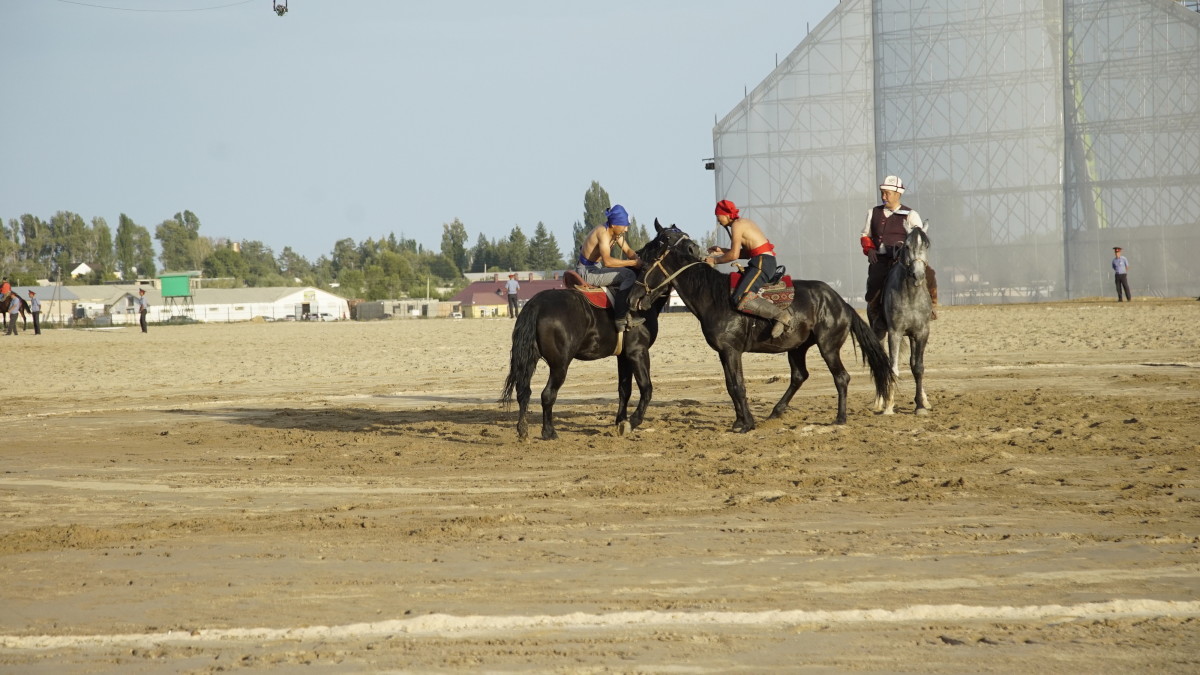
Salburun (hunting) involved hounds, falcons and golden eagles—it was astonishing how many birds of prey hung about the yurt-filled Kyrchyn Gorge that week—but no actual dead animals. In various events, the birds and dogs pursued mock pelts, with their owners judged for score and time.
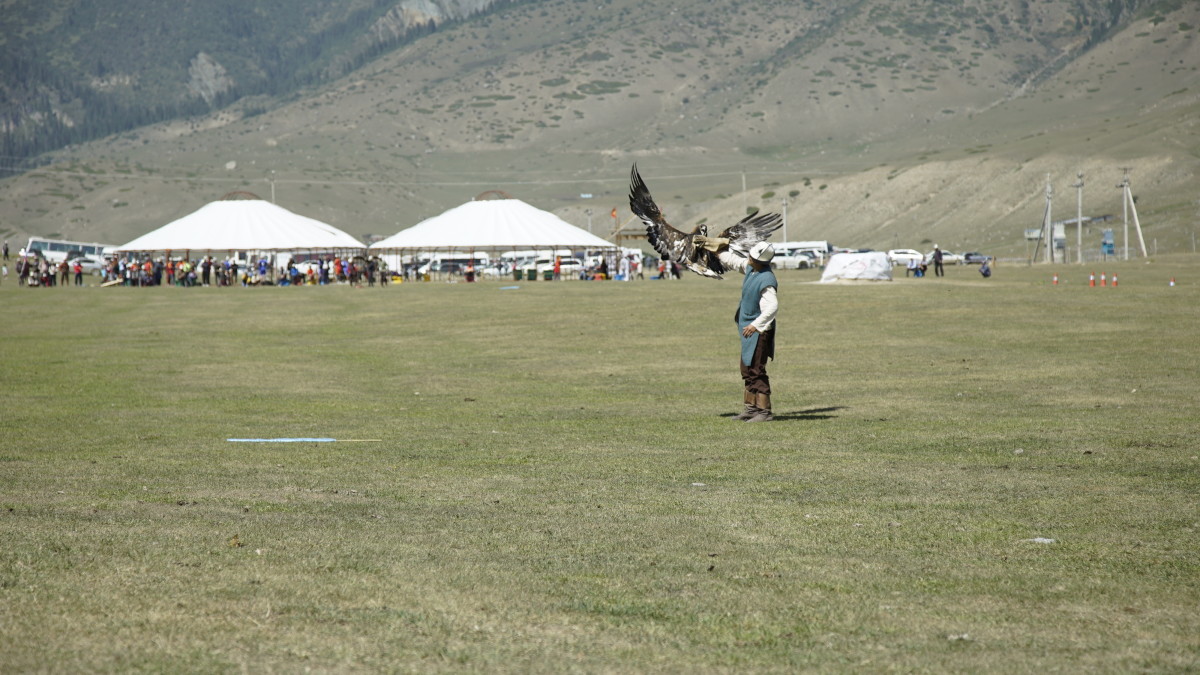
There was archery, as well as the much more impressive horseback archery, whose competitors put Katniss Everdeen to shame. There was bone tossing (ordo) and people tossing, in the form of 17 types of wrestling. There were also intellectual games, such as mancala.
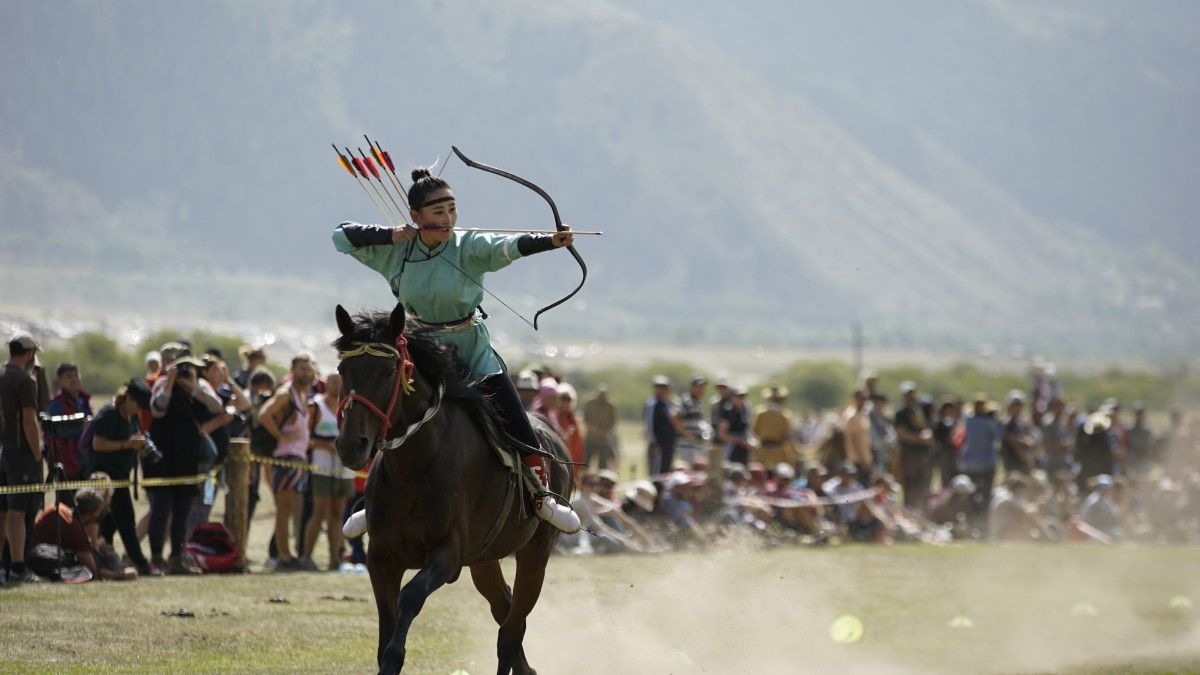
But it was clear that kok boru was the star. Described as dead goat polo or horseback rugby with a hircine ball, the game used to be military training for tribal warriors. Now it’s played in villages across Central Asia and increasingly at the national level. While each country has a different name for the sport (kokpar, buzkashi, etc.) and slightly distinct rules, here’s how it works in Kyrgyzstan:
Four mounted men on each team—you could say studs riding studs—race toward an 80-pound goat at the center of a 200-meter-long dustplain, hoist it off the ground without breaking stride and then gallop toward a goal (tai kazan) that resembles an oversized donut. Meanwhile, their opponents employ any means necessary to rip the carcass away or block their horses’ progress.
It’s physical, arguably brutal, and the Kyrgyz acknowledge it.
“We joke that a coward doesn’t play hockey,” said Askhat Akibaev, one of the World Nomad Games organizers, “but even a hockey player can’t play kok boru. No doubt kok boru is a competition of the greatest.”
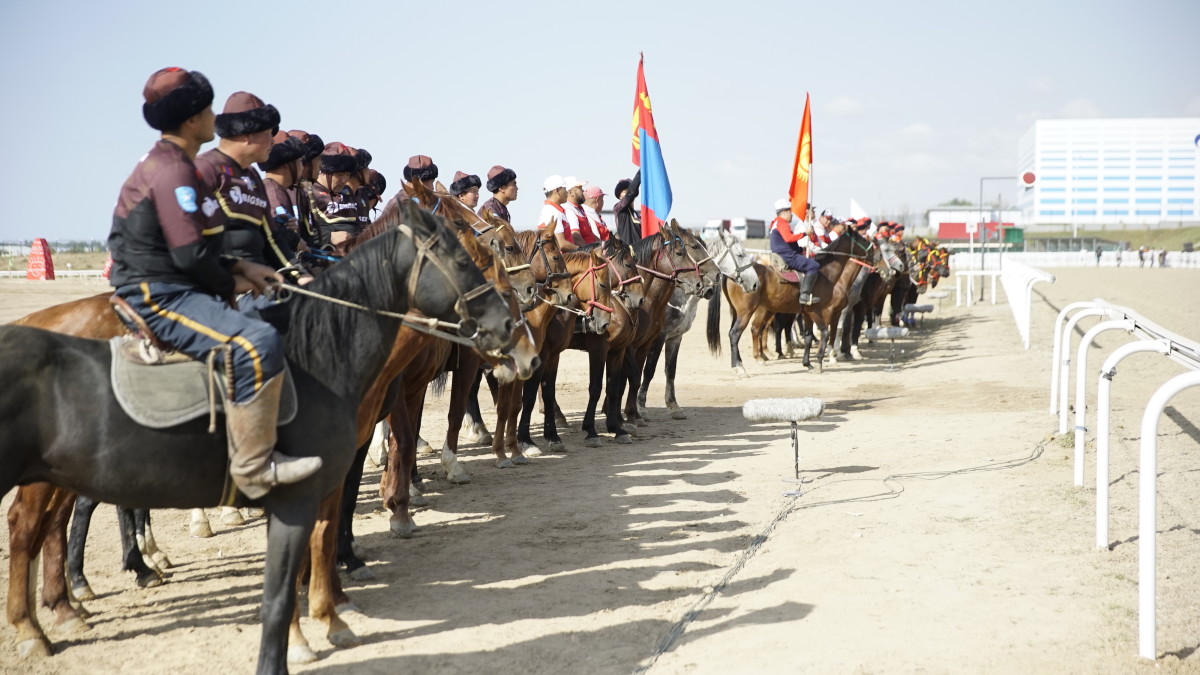
This week, the greatest included a team of cowboy-hatted Americans, mostly from Wyoming, here for the second time. They initially came as part of an embassy-arranged cultural exchange. Now there’s a USA Kok Boru Federation, with ambitions to introduce the sport back home.
“The first time, looking back, it definitely seems more of a novelty. We were a sideshow,” said co-captain Scott Zimmerman. “We were definitely better in 2018… and I think it showed to anyone who saw us play.”
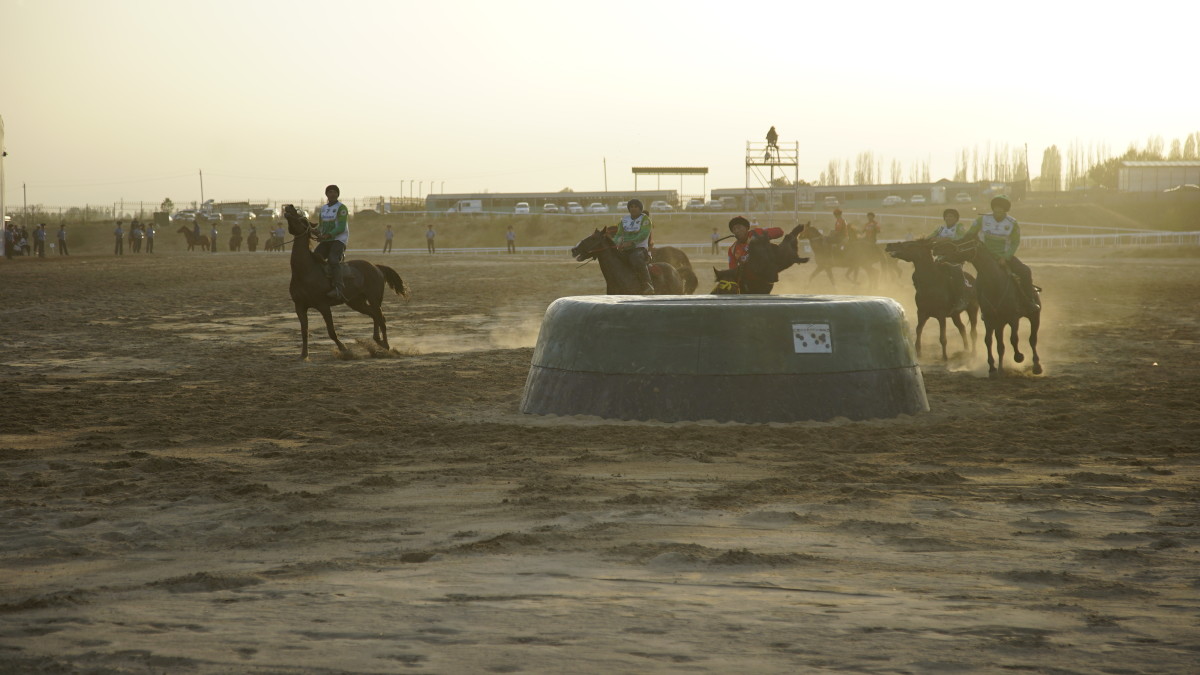
As for the goats, they are slaughtered immediately before every match in a ritual ceremony, and the winning team consumes the whole thing in a postgame feast. Although animal rights activists have raised issues with kok boru, one of the Americans, a veterinarian named Buckeye Bottoms, argued that the treatment of the goats is far more humane than “our modern large animal production systems, where we just bring them in a line and shoot them in the head.”
Another player, Nick Willert, mentioned that the Kyrgyz people have been doing this for some thousand years. “So for us to judge,” he said, “I definitely think it's a little harsh for us to just jump in there and judge.”
Willert’s attitude seemed to be shared by everyone who attended the third World Nomad Games, competitors and spectators alike. As eagle hunters from Kazakhstan mingled with archers from Hungary, they were all trying to revitalize not just their sports, but also something more profound that was in danger of being lost, both in the outside world and inside themselves.
“The mission of our project is to preserve the historical heritage, to preserve the cultural diversity of the world and help it flourish,” said Akibaev, the event organizer. “Everyone realizes now that the whole world needs these Games.”
